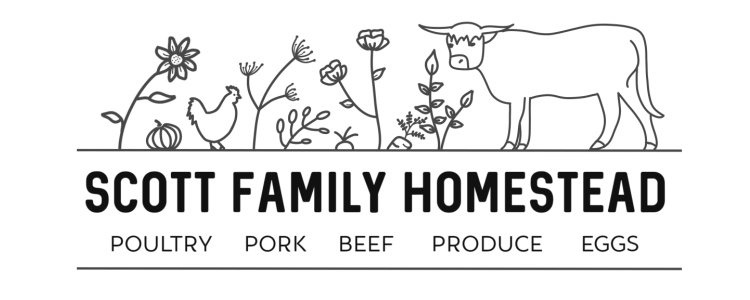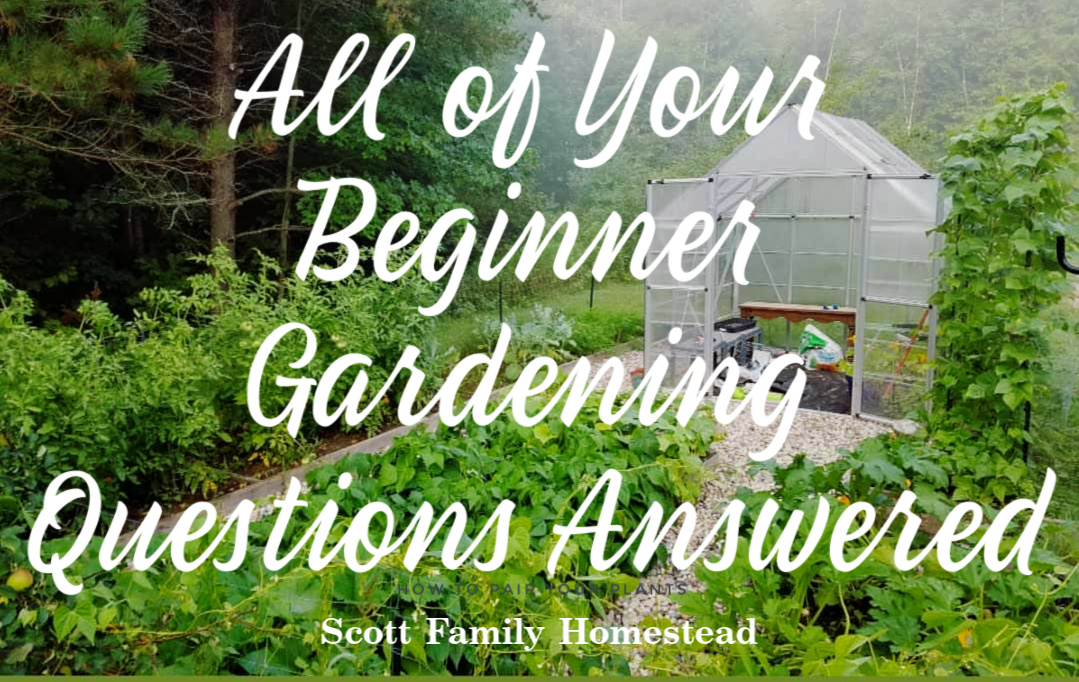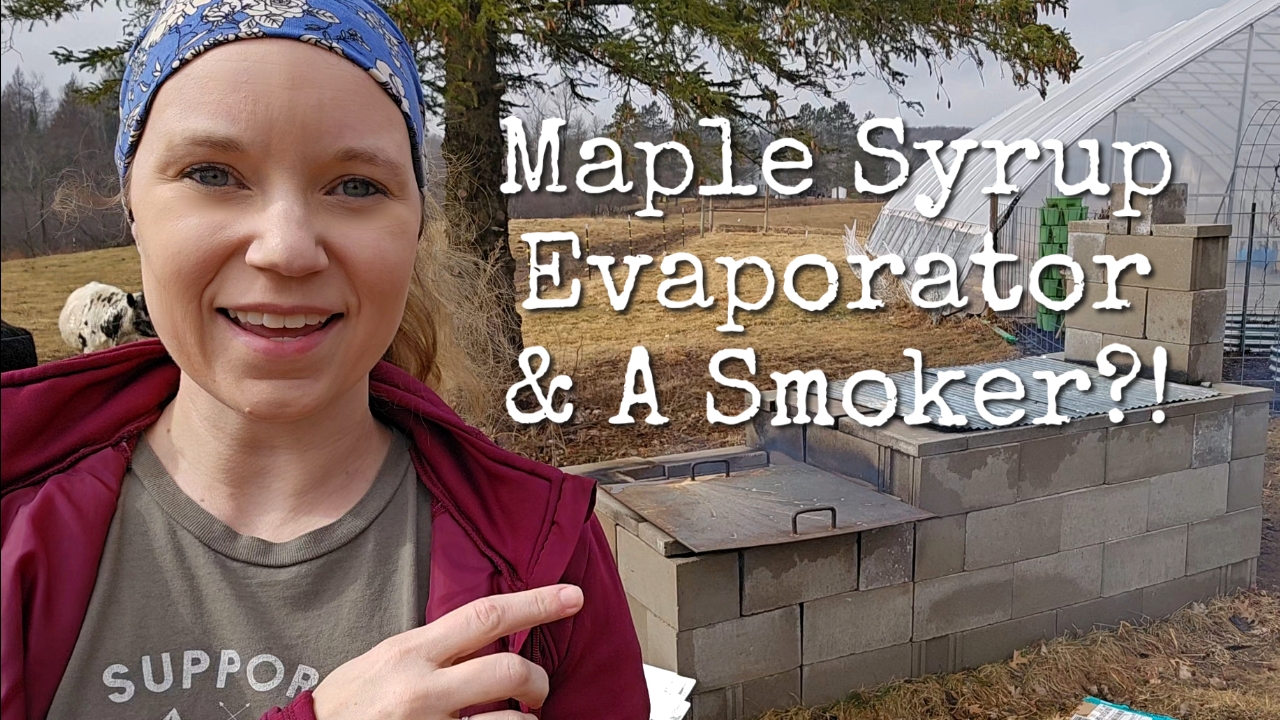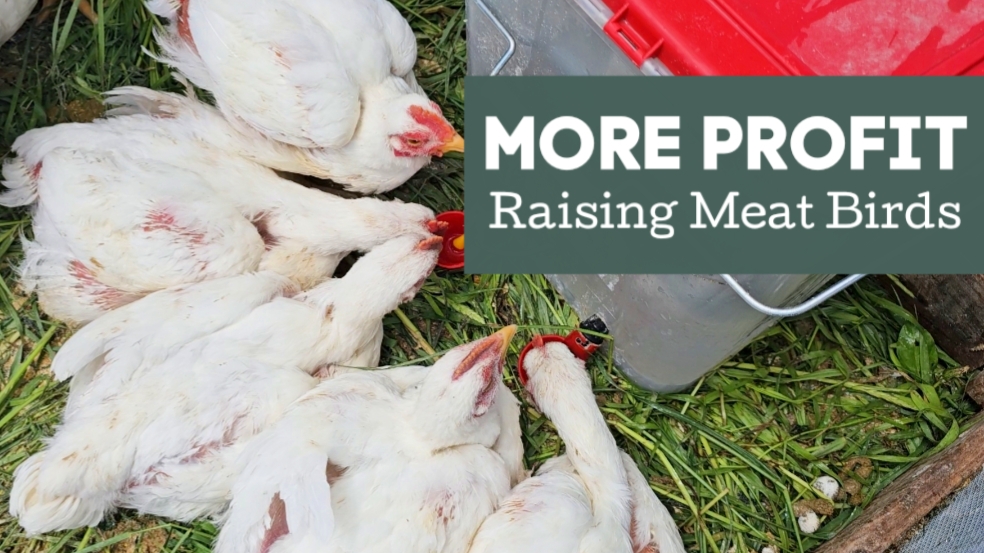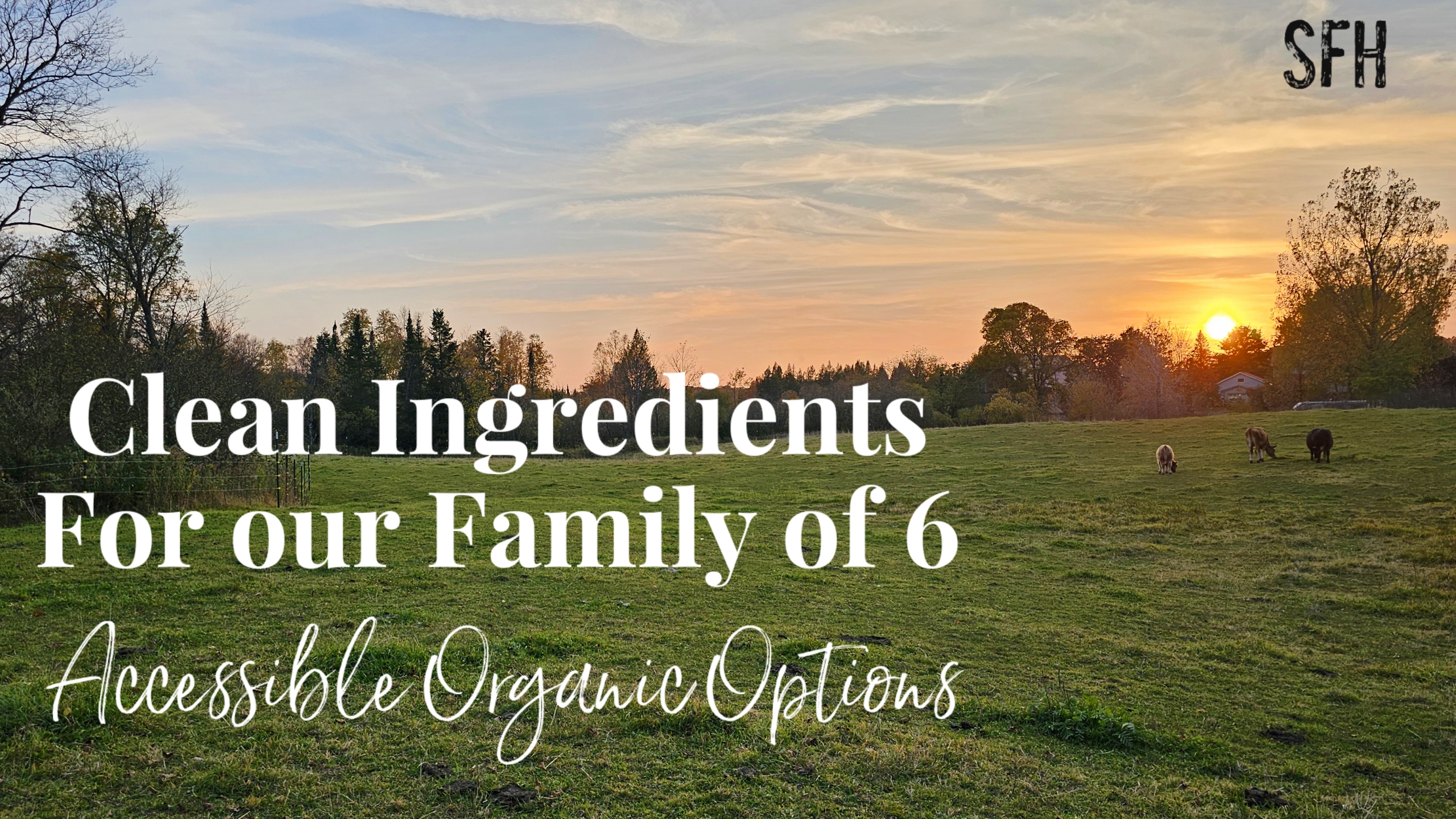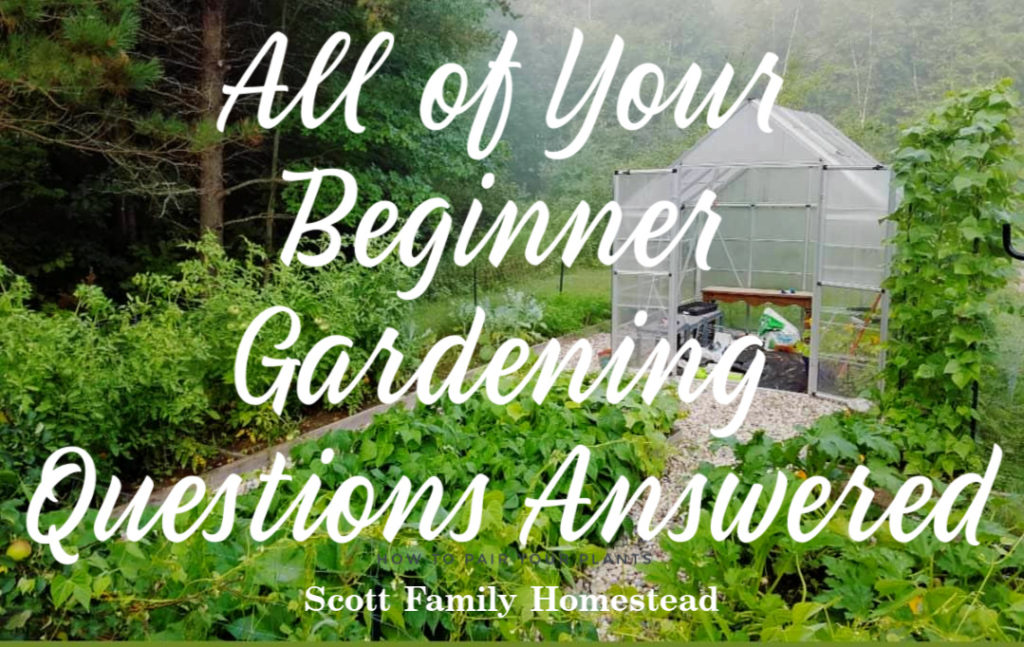
I have been excited and humbled by the number of gardening questions I have been receiving! This is the year that many of you have decided to start or return to gardening. I’ve seen a lot of talk in the homesteading community about “Victory Gardens”, gardens that were encouraged during WWI and WWII to supplement rations and help people feel empowered. This is what we see happening right now as well, and as a gardener myself it is very exciting. Whether you have decided to start as a hobby or for food security, I’ve put together a list of the most common questions I have been getting to help you get started.
Let’s start with the #1 question I get…What are the easiest things to grow? My favorite, easy to grow plants include cherry tomatoes, green beans, cucumbers, squash, lettuce, and radishes. It’s important to remember though, don’t plant something just to have success, you need to enjoy eating it too! If your family doesn’t eat radishes, don’t commit a lot of space to them. On the same note, don’t be afraid to eat what you grow as quickly as you would like. No need to save everything you grow, eat it and enjoy it!
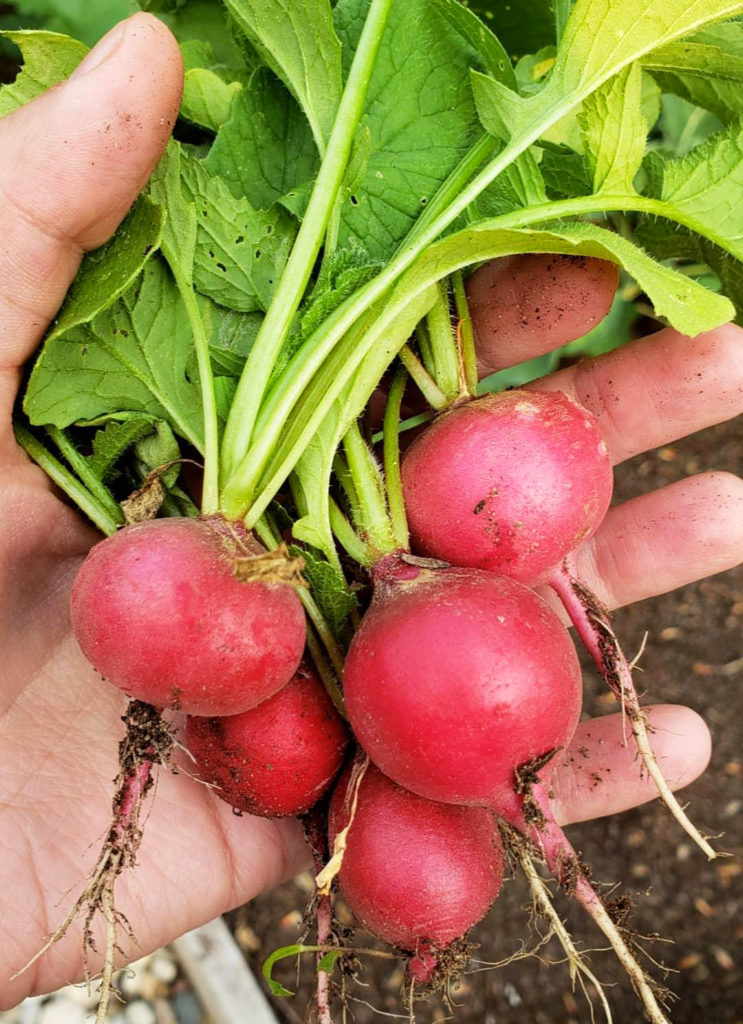
Now, I know a lot of people are excited to get started RIGHT NOW. The problem is, many of us haven’t passed our last frost date and some even have snow on the ground. So, what do I need to start indoors? Tomatoes and peppers are the most important to get a head start. I struggled with peppers for a few years before I got a good harvest out of them and they prefer heat to sprout, so I generally don’t recommend them for beginners. However, if you want them in your garden this is a good time to get them started. All you need is a container with drainage (something like a plastic cup with a hole in the bottom works fine) and some seed starting soil. Seed starting soil is very light and loose and helps the seeds germinate.
This leads to another question. Do I need a grow light? While a grow light will help keep your plants growing straight and keep them from getting leggy, you can grow plants in a sunny window. If your plants start to stretch towards the sun, turn them around every day so they aren’t reaching so far in one direction. Keep rotating them, and run your hands over them to encourage strong stems. You can also put a fan on them for part of the day to encourage strong stems and roots.
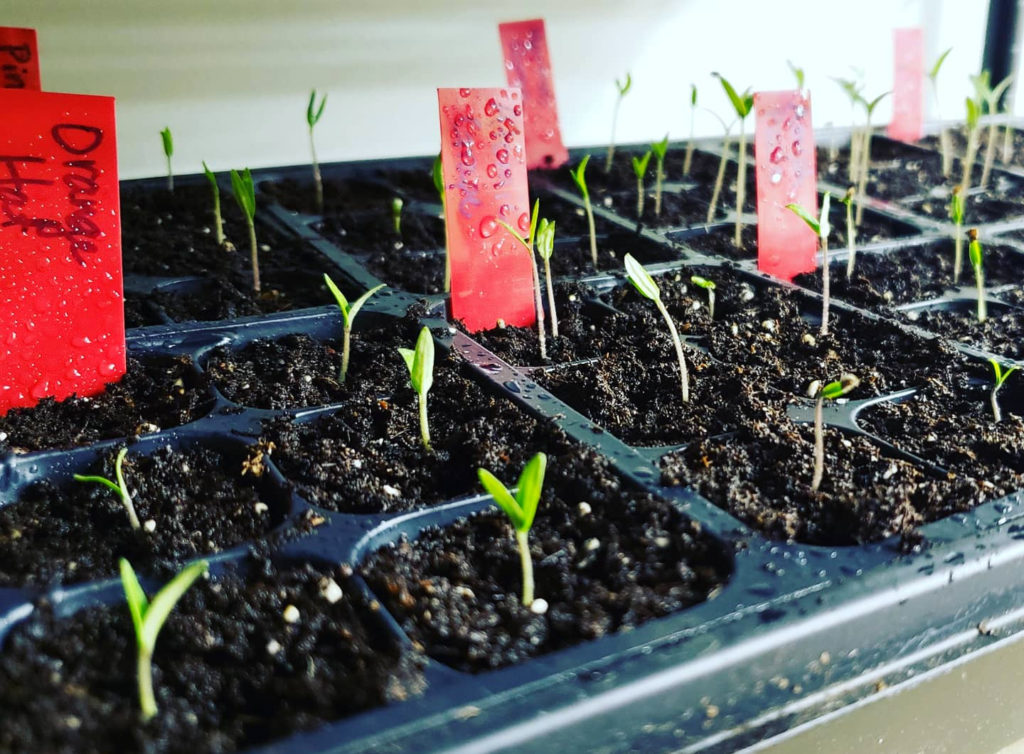
When the time comes, your starts will need to be hardened off. What is hardening off? The outdoor temperatures, weather, and sunlight can easily shock a plant if you just move it outside one day. Instead, put your starts outside for a couple of hours the first day, and then gradually leave them out longer and longer, bringing them in at night. Once they can do well outside for an entire day and the risk of frost has passed, they are ready to be planted in the garden.
Pay close attention to how much space you have to start seeds or plant in your garden. What should I grow in a small space? If you don’t have a large garden space, that’s OK! Every plant, whether it needs to be in a pot on your deck, in a raised bed, or planted right into the ground in the backyard will bring you satisfaction as it grows. If you are limited to a small space, I recommend square foot gardening. There are a lot of resources out there that will tell you how many of each plant can fit into one square foot. For example, 1 tomato plant or 16 radishes can fit into that space. Make a grid out of your growing area, plan out what variety gets each square, and go from there! Don’t forget, you can grow vertical too. Use a trellis to grow pole beans and cucumbers.
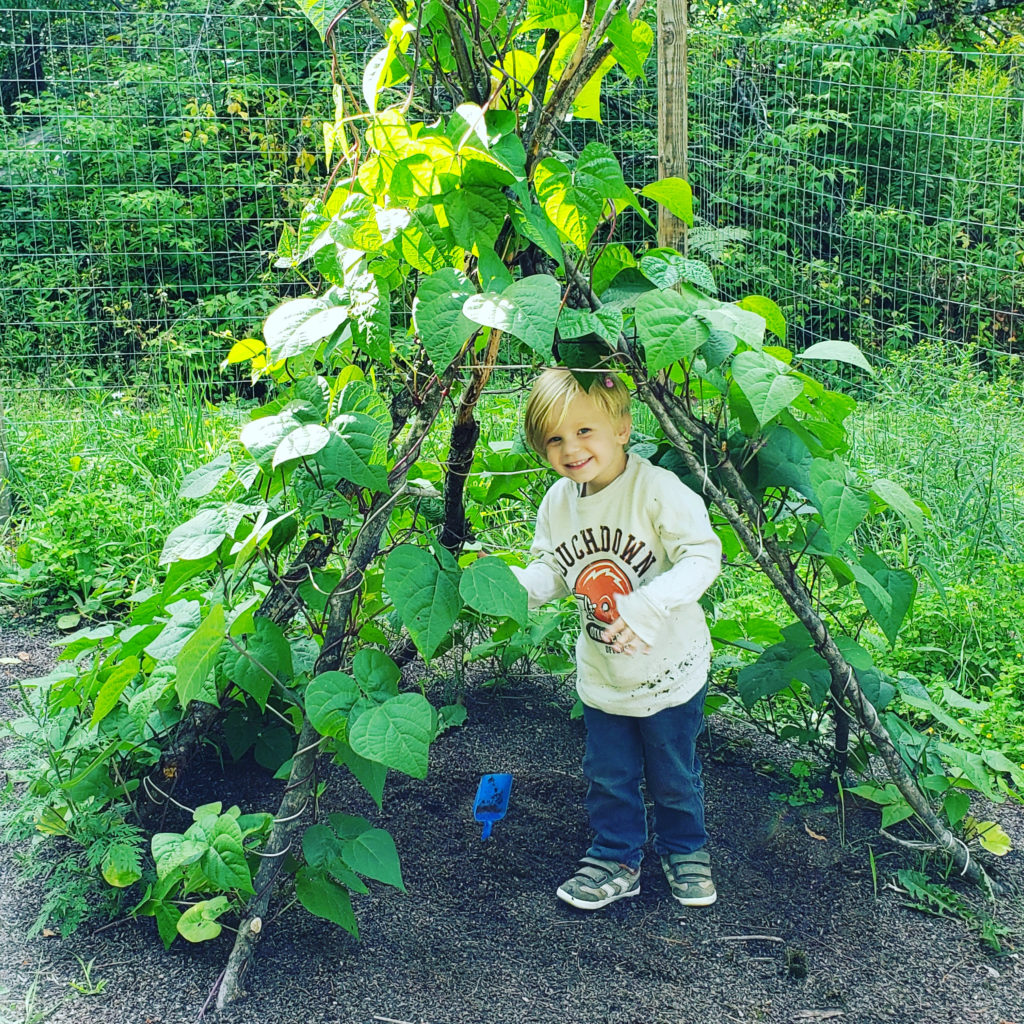
Now you are ready to get started. Where should I get my seeds? While I prefer heritage varieties (non-hybrids that have been around for generations and can be grown again from seeds collected), seeds from your local hardware store will work just fine. I love growing things that are unique, like purple beans and curly corbaci peppers. My seed collection is made up of Baker Creek Heirloom Seeds, Seed Savers, and seeds from Tractor Supply. I also recommend MIGardener. Keep in mind that many seed companies are being inundated with orders and may not be accepting online orders at this time. If you know a gardener, they may be willing to share some of their seed stash. Some of us have slightly more than we need. If you ask my husband…way more than we need.
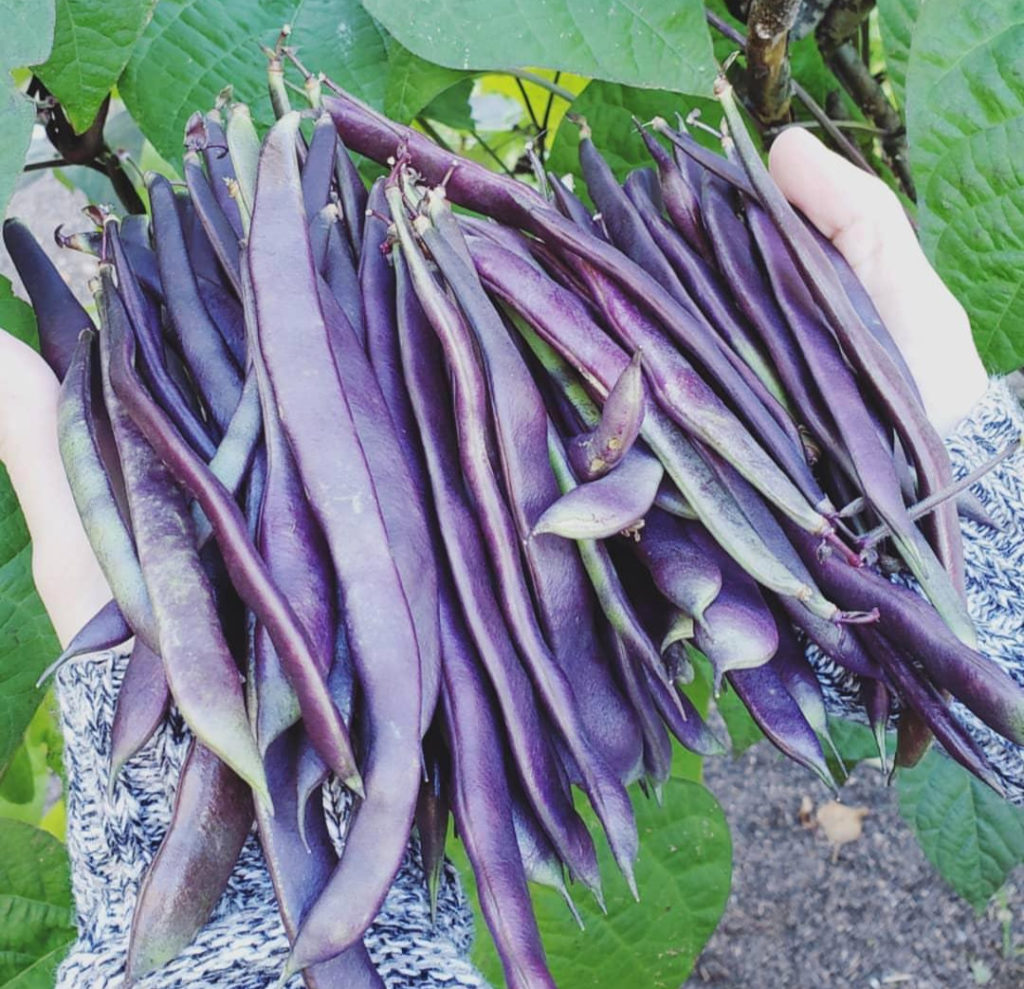
Lastly, once you have your seeds you might ask, “How do I know what to do with these seeds?” Every seed packet should have the answer for you. They will tell you on the back how much sun they need, how deep to plant the seeds, and when they can go in the ground in relation to the last frost date. When in doubt, check the seed packet. It also helps to write up a seed planting calendar, or check out my calendar for zone 4.
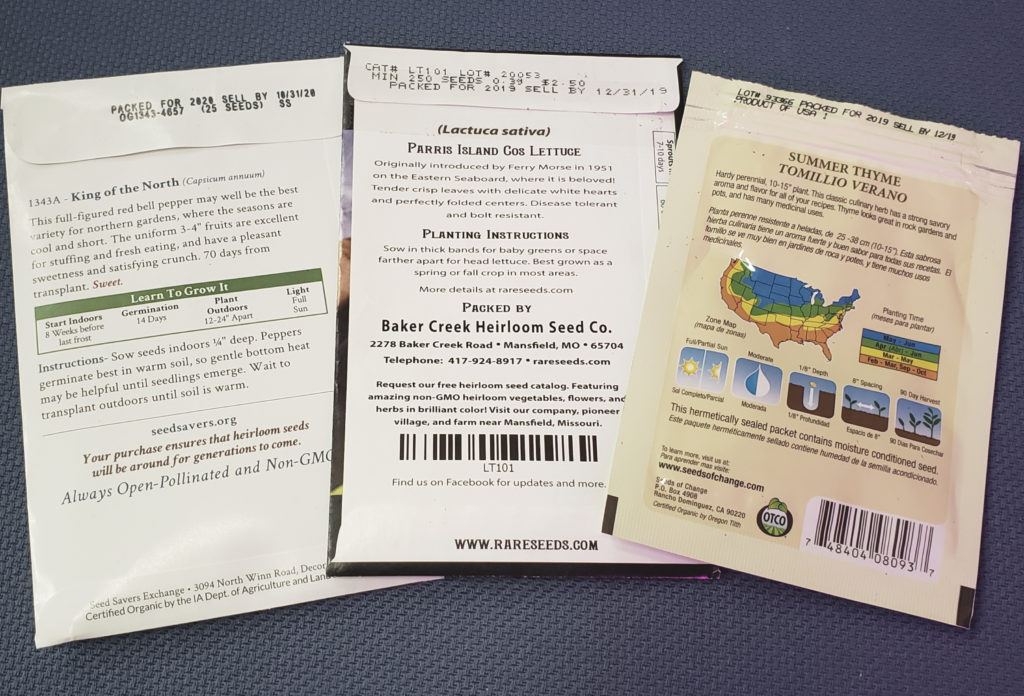
Remember, if you have any more questions, don’t be afraid to ask! As gardeners, this is our time to shine. Getting questions in my DMs has made me so happy and excited for this growing season and I want to share that excitement with you too. So, go get your victory garden started and make sure you share pictures with us at Scott Family Homestead on Facebook and Instagram. Happy planting!
